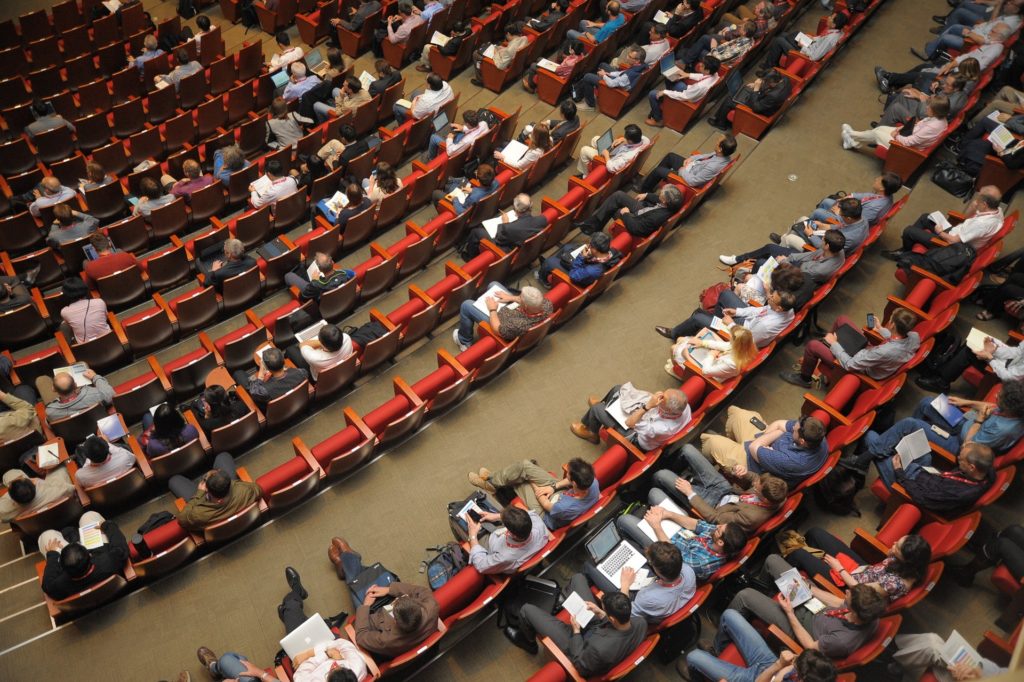
European Symposium on Biopolymers Conference
13th-15th September 2023
9am – 5pm
Event details
Claudia Vona, PhD student from the University of Rome will be speaking about the AgriLoop project at the European Symposium on Biopolymers conference in Brno, Czech Republic. The presentation is entitled ‘Novel continuous-feeding process for polyhydroxyalkanoates production with mixed microbial cultures’.
Academic colleagues for this research include; Claudia Vona, Lionel Nguemna Tayou, Simone Cardinale, Federico Scopetti, Mauro Majone, Marianna Villano, Department of Chemistry, Sapienza University of Rome.
Abstract
Polyhydroxyalkanoates (PHAs) are a family of biologically synthesized polyesters which are
considered among the most promising substitutes of conventional synthetic plastics being both
biobased and fully biodegradable in the environment [1]. Current industrial processes for PHA
production are based on the use of pure or recombinant microbial cultures grown on unbalanced
growth media under sterile conditions, which contributes to the high cost of PHA manufacturing [1].
The possibility to produce PHAs from mixed microbial cultures (MMCs) on several waste feedstocks
(e.g., food waste, agro-industrial wastewaters) to reduce the production costs has been widely
investigated. When dealing with MMC it is essential to apply a multi-stage process which involves the
microbial selection into PHA-storing microorganisms, typically consisting in the alternance of excess
(feast phase) and lack (famine phase) of external carbon source. This is generally performed in a
Sequencing Batch Reactor (SBR), in which oversized pumps are required to manage high feedstocks
volume and broth in a short period of time, contributing to the increasing of the process capital
costs. Here, an innovative continuous process for the microbial selection has been developed,
consisting in two reactors functioning as the feast reactor (tubular configuration, 1L working volume)
and the famine reactor (continuously stirred tank reactor, 5 L). The feast reactor was continuously
fed with a synthetic mixture of acetic and propionic acids (65% and 35 %, respectively, in terms of
Chemical Oxygen Demand, COD) and the two reactors were connected through a recirculation flow
rate (Q R ). The effect of the recirculation factor (R C , in the range from 1 to 8), as well as of the organic
load rate (OLR, in the range from 2.12 to 8.50 gCOD/Ld) on the process performance has been
investigated. The highest average intracellular PHA content in the feast reactor (34±2%, wt/wt) was
obtained at an R C of 4 and an OLR of 2.12 gCOD/Ld. However, during the batch accumulation step the
best working condition was at R C =8 with an average PHA content of 58±5 % (wt/wt) [2]. Based on
these results, the condition at R C =8 has been also investigated at a high OLR (4.25 gCOD/L).
Preliminary data indicated an average value of the intracellular PHA content of 9% (wt/wt) during the
selection and 70% (wt/wt) at the end of the accumulation batch tests. Overall, the obtained results
are promising for the development of this novel technology for MMC-PHA production and point out
that the recirculation factor and the organic load rate are key parameters for the process
performance.
References
[1] S. Chanprateep, Current trends in biodegradable polyhydroxyalkanoates, J Biosci Bioeng, 110
(2010), pp. 621-632.
[2] Nguemna, L. T., Marzulli, F., Scopetti, F., Lorini, L., Lauri, R., Pietrangeli, B., … & Villano, M. (2023).
Recirculation factor as a key parameter in continuous-flow biomass selection for
polyhydroxyalkanoates production. Chemical Engineering Journal, 455, 140208.